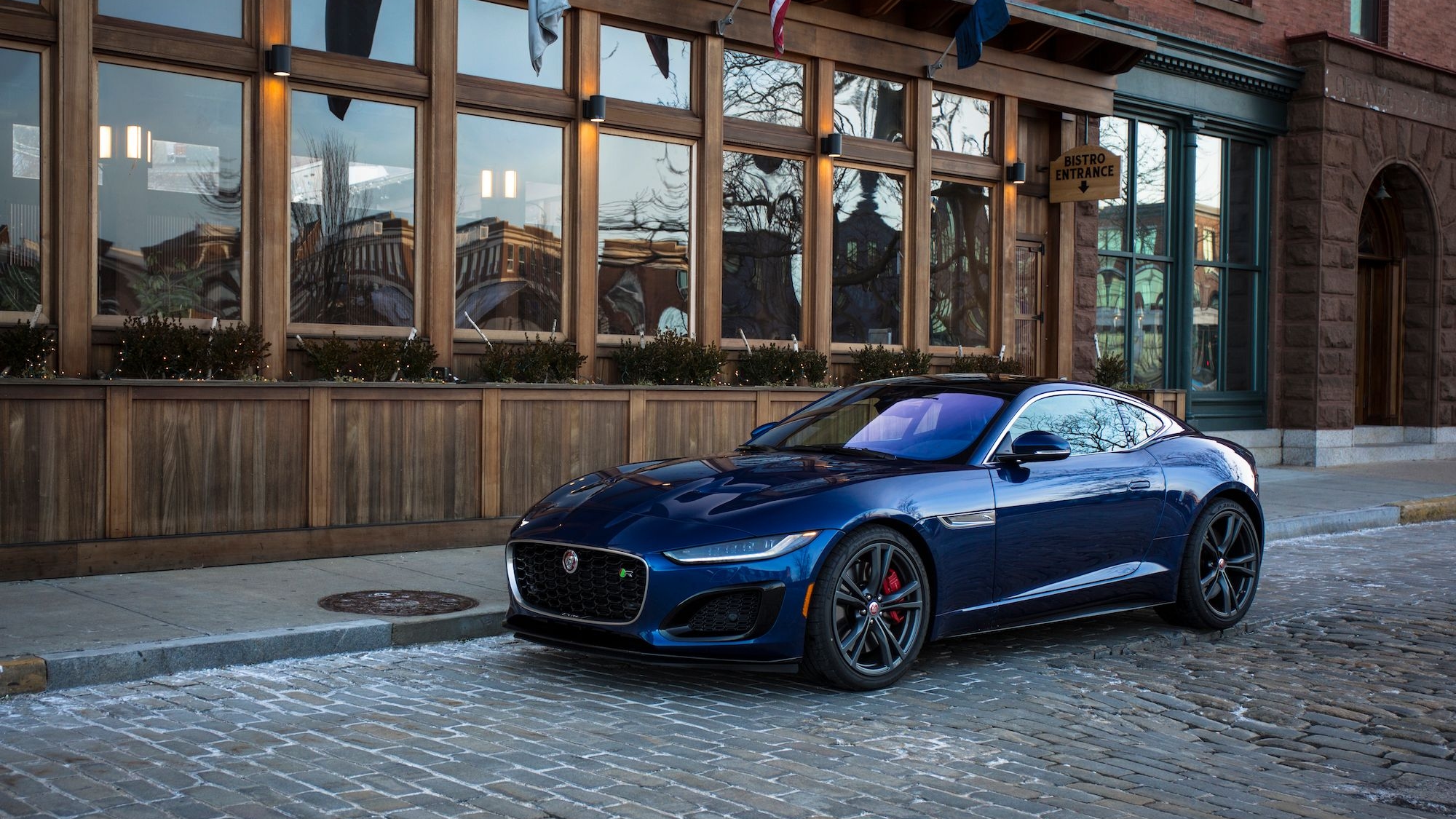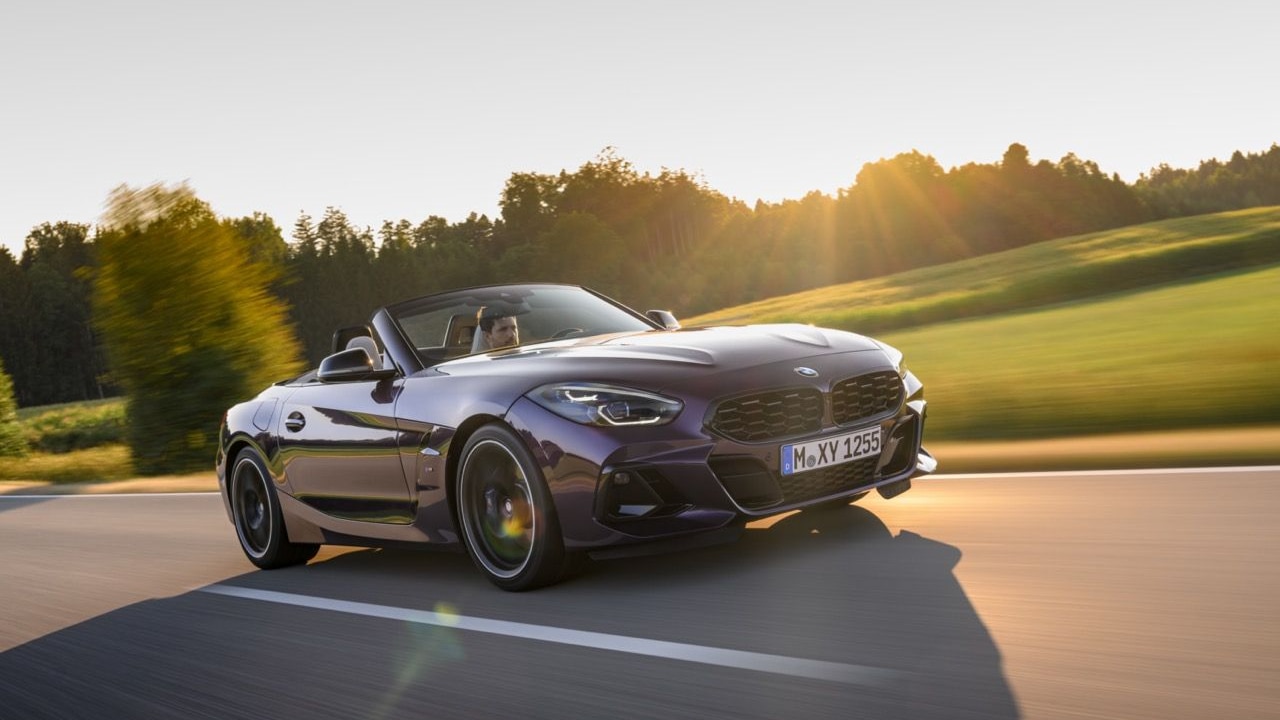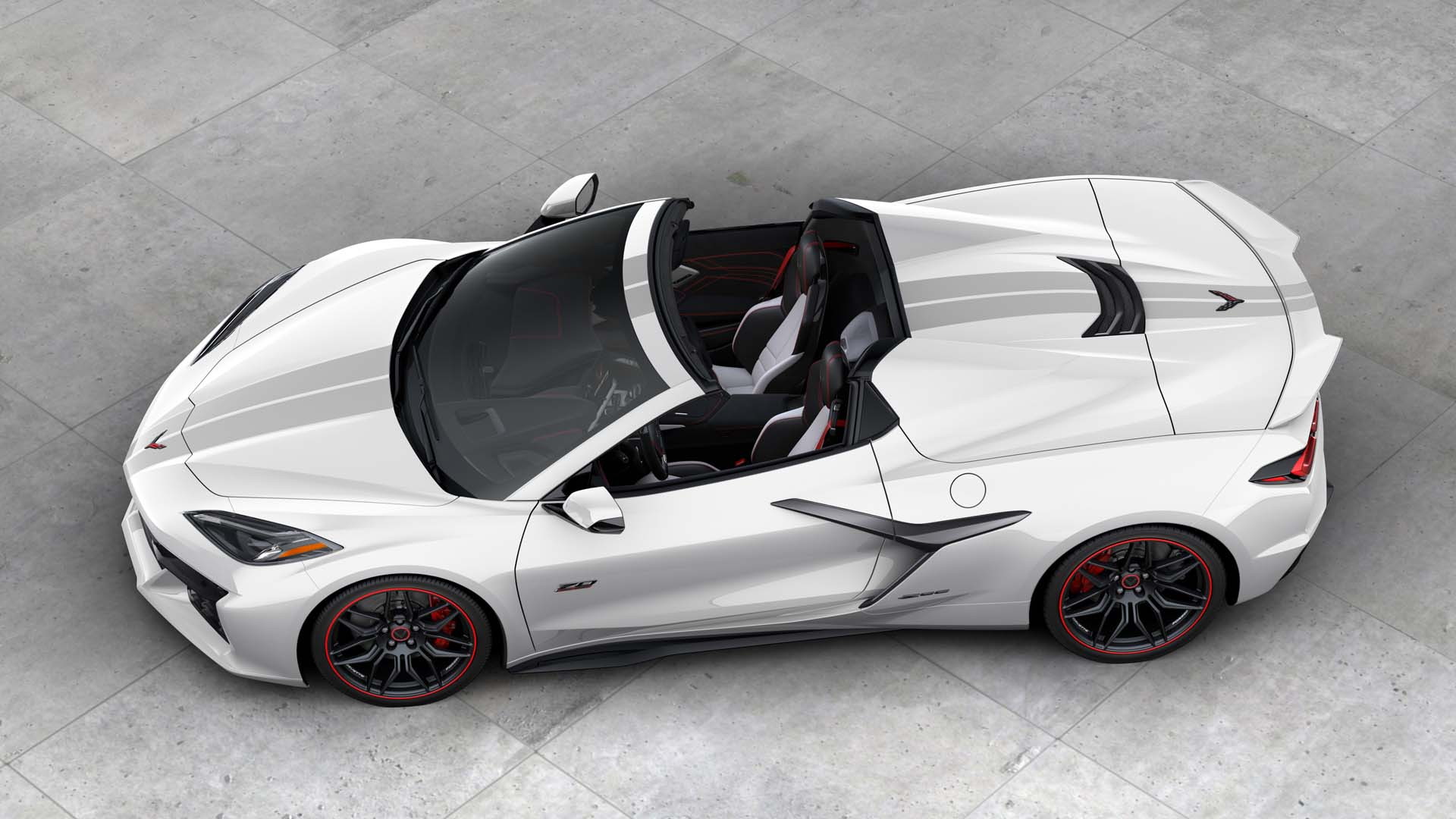
1951 Le Mans-winning Jaguar C-Type
From the very founding of the company, sporty cars were a priority, despite the a desire by William Lyons to parley the brand's sporting success into a broader line of vehicles for greater market reach and profit.
Along the way, Jaguar put a great deal of effort into racing. The cars spawned by post-war Jaguar were directly derived from pre-war racers, including the XK engine used in its production cars, which used a twin-cam head--a technology previously thought to be too unreliable and high-strung for production use.
This emphasis on technology was also reflected in the chassis and structure of Jaguar's cars. Moving toward extensive use of aluminum for rigidity and lightness, and eventually on to unitary body construction (as opposed to the ladder-frame that dominated at the time), Jaguar's sports cars pushed the envelope and helped raise the entire industry's standard for what a fun-to-drive car should be.
Unfortunately, labor issues, government involvement, and the global economy got in the way. For several decades, Jaguar was fighting back more than fighting forward. Despite its troubles, however, the brand managed to survive a series of ownership transitions, and today, stands poised for a bright future.
That future is all the brighter with the arrival of the F-Type, and that's just a part of why we're spending a month covering the newest Jaguar sports car in detail.
The timeline below covers some of the highlights from Jaguar's sporting past, and while it doesn't hit every mark (or even attempt to), it should give you some perspective on the rich history that has led the brand to the F-Type.



